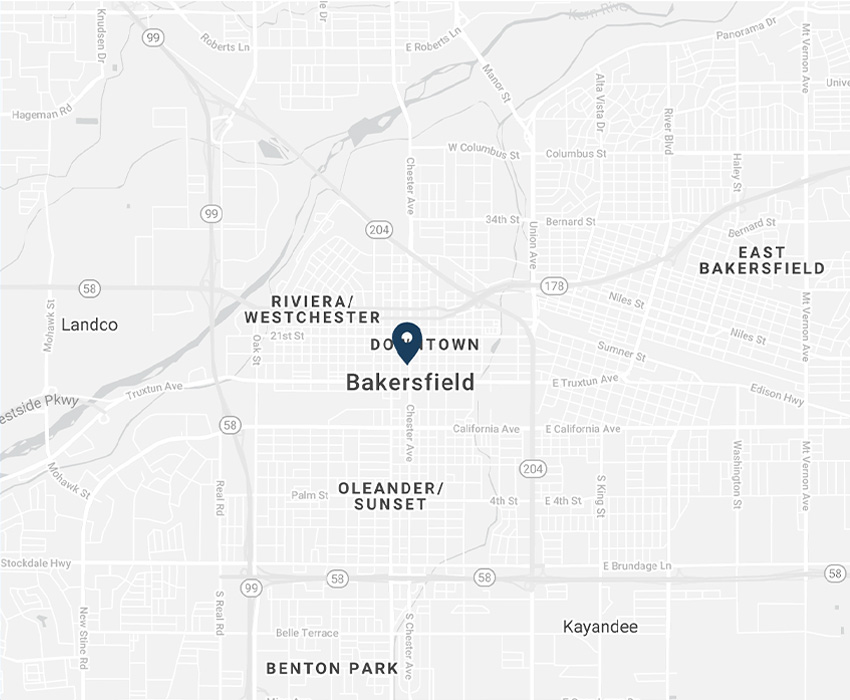10 things every employer should know about workers’ compensation
March 25, 2015 | Article by Chain | Cohn | Clark staff | News & Media , Tips & Information Social Share

Note: The following article was published in the April/May edition of the Kern Business Journal, which you can view by clicking here. The Kern Business Journal is a bi-monthly publication of the The Bakersfield Californian, showcasing business and industry developments across Kern County.
By James Yoro and Beatriz Trejo
Responsible employers and responsible employees want the same thing: to work in a safe and healthy environment. But despite the best efforts of all involved, accidents can and do happen, and a work injury is an unfortunate incident for all parties involved.
The workers’ compensation* system is based on a trade-off between employees and employers – employees are supposed to promptly receive the benefits for on-the-job injuries, and in return, the workers’ compensation benefits are the exclusive remedy for injured employees against their employer.
An employer should respond quickly and appropriately to an employee’s work injury claim so as not to unnecessarily delay the provision of the needed benefits.
But the process can be more complicated than that. Here are five things employers should consider when dealing with on-the-job injuries:
1) The employer has a duty investigate.
The law requires that when an employer has been made aware of any facts which would lead to a conclusion that an injury has occurred on the job, the employer must investigate the incident. Being made aware of the incident can be any reporting or complaint made to a supervisor, foreman, manager, administrator or any person of authority.
2) Provide a “claim form” to the employee.
Unless the injury resulted in first aid only, within one day of having knowledge of the injury, the employer must provide a “claim form” to the injured worker. Once an injured employee completes and returns the claim form to his or her employer, workers’ compensation benefits should start flowing quickly if the injury is industrial.
3) Workers’ compensation is a no-fault system.
An injured worker will be entitled to workers’ compensation for injuries arising out of, and in the course of, employment. The injured worker does not need to prove that anyone was at fault for the accident.
4) Workers’ compensation is a benefit delivery system.
There are five types of benefits to which the injured worker may be entitled: temporary disability, permanent disability, medical treatment, vocational rehabilitation services, and death benefits.
5) There are two ways to settle a workers’ compensation case.
Once the case is ripe for settlement, the case may be settled by way of “Stipulation with Request for Award,” where the employee is paid a small weekly benefit ($230 to $270) for the percentage of permanent disability that a doctor has assigned to the injured worker, and is also entitled to any continuing reasonable and necessary medical treatment. However, the medical treatment is still under the control of the employer’s insurance company. The other type of settlement is called a “Compromise and Release.” In this case, the employer through its insurance carrier negotiates to buy-out the insurance carrier’s obligation to the injured worker for benefits and future medical care for a lump sum settlement paid to the employee.
As a bonus, here are five more general tips employers should consider when dealing with on-the-job injuries.
1) No employee wants to get hurt on the job.
If you have good employees then give them the benefit of the doubt when handling their claim.
2) Employees don’t plan on getting hurt on the job.
Just because there are no witnesses to the employees accident or injury doesn’t mean it didn’t happen. The vast majority of on-the-job injuries are not witnessed by anyone. In addition, most employees are reluctant to report injuries unless they are serious or until they become so.
Consider the following scenario:
A warehouse worker who is required to unload trucks has a particularly busy shift on a Friday when he suddenly tweaks his back lifting a load in the afternoon. Rather than stopping work and reporting it at that time, he decides to try and finish out his shift and see if he can rest it over the weekend in the hopes of alleviating his pain. However, despite resting his back over the weekend, it does not get better and when he reports for work on Monday morning, he is unable to do his regular duties and then reports his injury to his foreman.
Once again, if this person is a good employee, then give him or her the benefit of the doubt and process the claim.
3) Injured employees do not get rich off of workers’ compensation benefits.
If an injured worker is placed on temporary total disability by the company doctor, the benefit is paid at two-thirds of the employee’s average weekly wage. This benefit is only available for a total of 104 weeks. This means that if an employee has a serious injury that requires hospitalization or multiple surgeries, they may run out of benefits before they have had a chance to recover. Thereafter, the maximum benefit the employee would be entitled to receive is $230 to $270 per week for a limited period of time. In addition, all medical treatment that the injured worker receives is controlled by the insurance company. Injured workers are not entitled to receive any monetary benefit for pain and suffering, lost wages and future earnings.
4) Do not discriminate against the injured worker.
Labor Code section 132a makes it unlawful for an employer to discharge, threaten to discharge, or in any manner discriminate against an employee because that employee has filed a workers’ compensation claim, or has made known his or her intention to file such a claim or has received a disability rating, award or settlement. Whenever possible, the employer should make good-faith efforts to determine whether or not the employee can be returned to work with reasonable accommodations.
5) Treat the injured worker the way you would want to be treated if you suffered an on-the-job injury.
Employers should try and follow the Golden Rule whenever an employee suffers an on-the-job injury.
– James Yoro is senior partner at Chain | Cohn | Clark, where he manages the law firm’s workers’ compensation practice, and has nearly 40 years of experience in his field. Beatriz Trejo is an associate attorney in the workers’ compensation department at Chain | Cohn | Clark.
———-
For more information and tips on workers’ compensation, visit Chain | Cohn | Clark’ specialized workers’ compensation website — for frequently asked questions and answers, and other information — by clicking here.
And if you’ve been hurt while on the job, contact the Bakersfield workers’ compensation attorneys at 661-323-4000. Also, visit Chain | Cohn | Clark’ specialized workers’ compensation website — for frequently asked questions and answers, and other information — by clicking here.
———-
*NOTICE: Making a false or fraudulent Workers’ Compensation claim is a felony subject to up to 5 years in a prison or a fine of up to $150,000 or double the values of the fraud, whichever is greater, or by both imprisonment and fine.

